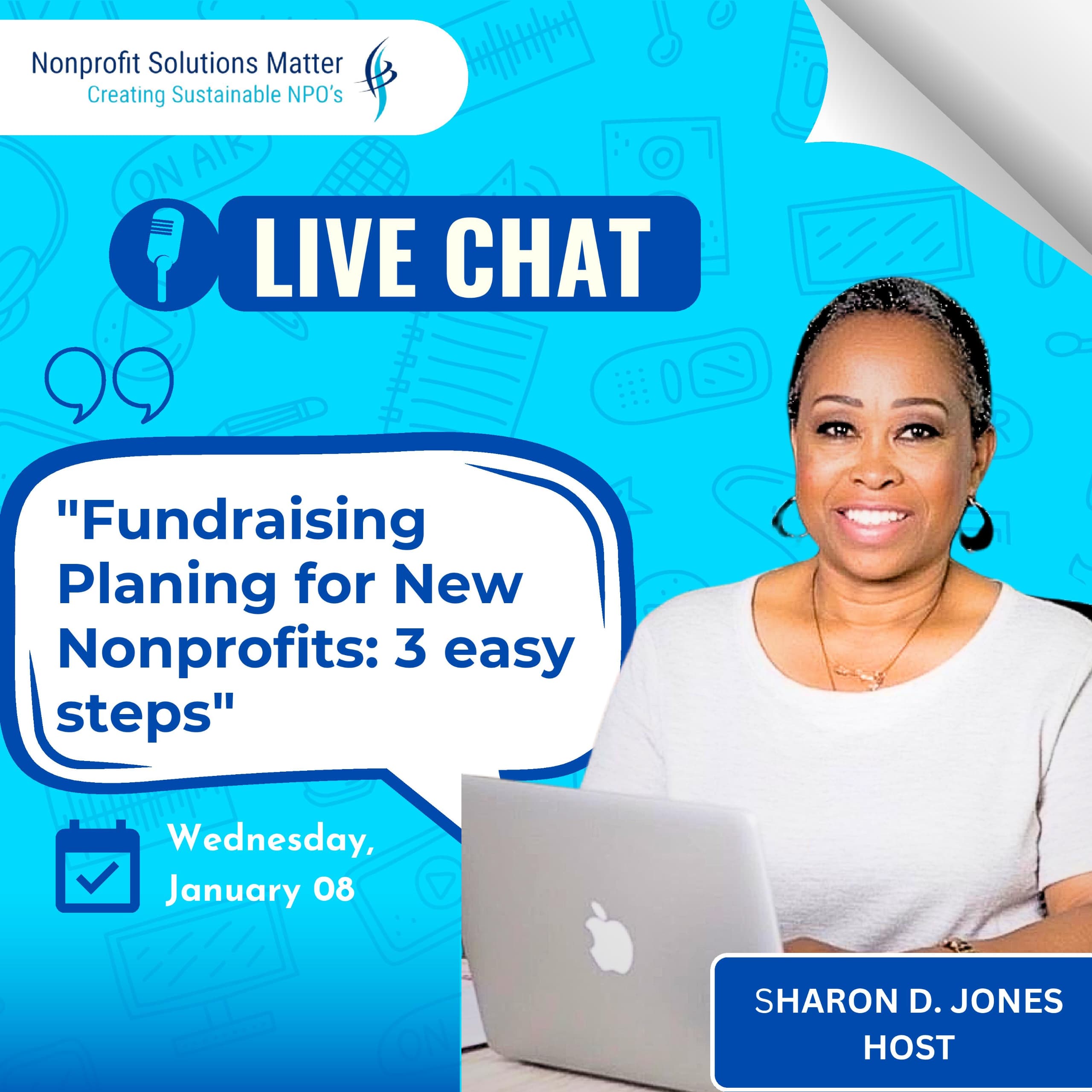Building a Committed & Effective Nonprofit Board
Good morning! This week, we’ve been diving deep into a critical topic for nonprofit success: how to build the capacity of your board members to ensure they fully support your organization’s vision, mission, and goals.
One of the most important elements in this process is conducting a board assessment. This helps you identify gaps within your current board and figure out how to bridge them. Whether it's re-engaging and re-motivating your existing board members or recognizing where new expertise is needed, this assessment forms the foundation of a stronger, more effective board.
Today, we’re focusing on a crucial question: How do you recruit quality board members to fill these gaps and strengthen your organization?
The Problem with Nonprofit Board Recruitment Today
Many nonprofits don’t have a structured approach to board recruitment. Founders often pull from their personal networks, inviting people to board meetings informally. Before you know it, these individuals are board members without a clear understanding of their roles or commitments. This approach can be detrimental to an organization because how you recruit your board directly affects how engaged and committed they will be.
If you want board members who are truly invested in your mission and willing to give their best, there’s a standard recruitment process you need to follow. Skipping this process often leads to disengaged members who don’t understand their responsibilities.
So, what’s the right way to bring board members on board?
The Seven-Step Process for Recruiting Quality Board Members
Here’s a clear, seven-step process to guide you through successful board recruitment, ensuring you bring in individuals who have the skills, expertise, and passion to support your nonprofit.
1. Board Recruitment Planning
Before you do anything else, you need to plan. This step involves identifying the specific roles and skills you need on your board. What gaps are you trying to fill? What expertise would help your organization grow? Planning also includes defining how you’ll bring in new members, what resources and tools you’ll need, and what it will cost you. This preparation ensures you’re not flying blind but have a clear target in mind.
2. Resource and Tool Development
Once you’ve planned, it’s time to develop the resources and tools for the recruitment process. This includes items like a board application form, interview questions, congratulatory letters, a recruitment manual, non-disclosure agreements, and conflict-of-interest forms. Having these ready shows potential board members that your organization is professional and well-organized. It’s also key to running a smooth process from start to finish.
3. Launching Your Board Outreach
Now it’s time to get the word out. You can tap into your personal network, use online platforms like LinkedIn and Idealist, or reach out for referrals from trusted colleagues. The goal here is to go where your target audience congregates and drive potential candidates to fill out your board application form, which will give you a clear picture of their background and alignment with your organization’s needs.
4. Board Selection and Interview
Once applications are in, you’ll need to review them and select candidates who align with the roles and skills you identified in the planning phase. Invite those who make the cut to an interview. This is where you’ll dig deeper into their values, skills, and commitment to your mission. It’s not just about finding qualified candidates—it’s about finding people who share your passion.
5. Background Check
After the interview, run a background check. This step isn’t about disqualifying candidates based on past mistakes but about ensuring there are no major issues that could jeopardize your organization. For example, funders sometimes run background checks on boards, and you don’t want any surprises to derail potential support.
6. Onboarding
Once you’ve chosen your new board members, it’s time to onboard them. This is where you clearly lay out their commitments, responsibilities, and expectations. For example, if your board has a 100% giving policy, this is the time to explain it and ensure they understand. New members should leave this onboarding session with a full understanding of what they’ve signed up for.
7. Board Introduction
Finally, introduce your new board members to the rest of the board. This step is crucial for fostering relationships and building a cohesive team. Board members will share their backgrounds, passions, and what they hope to bring to the organization. These introductions can spark collaborations and help build a strong, connected board.
Why This Process Works
By following this structured process, you bring in board members who are not only qualified but committed. They’ll understand the organization’s needs, know what’s expected of them, and be ready to fully engage. Skipping steps, however, risks leaving you with board members who are disengaged or unclear about their responsibilities—and that’s a situation no nonprofit can afford.
Next week, we’ll dive into how to plan strategically with both new and existing board members, ensuring everyone is aligned on the organization's future goals. Until then, take a closer look at your current board recruitment process and ask yourself: Are you bringing in the right people the right way?
See you next week!
Rooney Akpesiri is the Vice President of Client Services, Solutions Matter LLC























































